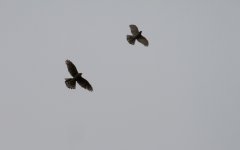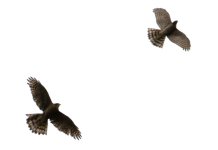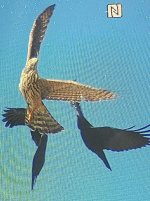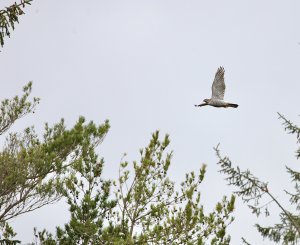Hi everyone!
I need help with these two hawks, since hawks are always tricky to me. The photo is not mine, it was taken in September 2023 in Moscow.
I'm pretty sure that the bigger bird is a goshawk, but not sure about the smaller one. Is it small enough to be a sparrowhawk?
I need help with these two hawks, since hawks are always tricky to me. The photo is not mine, it was taken in September 2023 in Moscow.
I'm pretty sure that the bigger bird is a goshawk, but not sure about the smaller one. Is it small enough to be a sparrowhawk?












